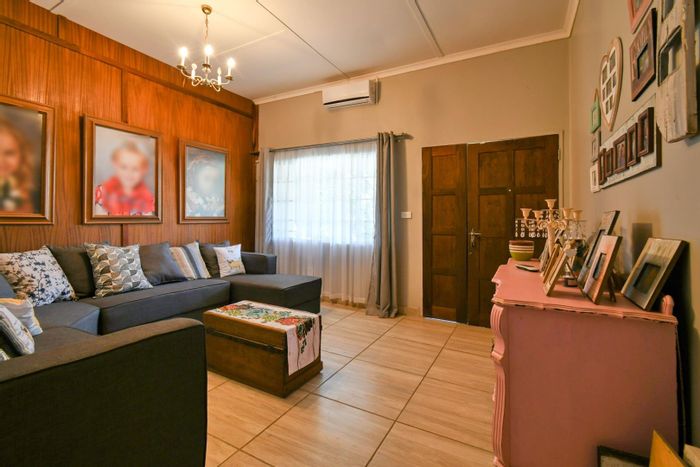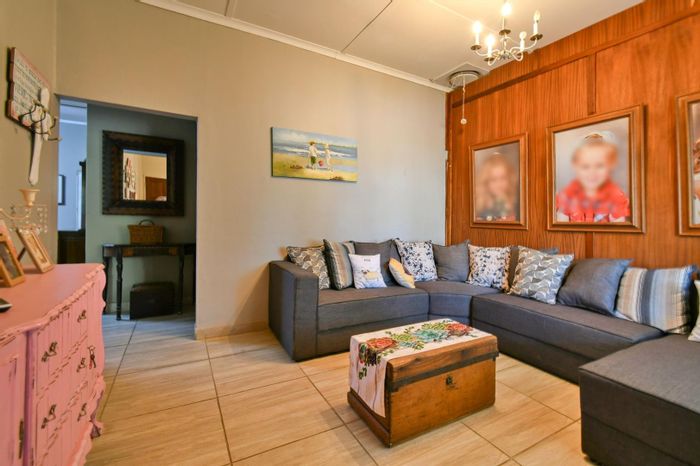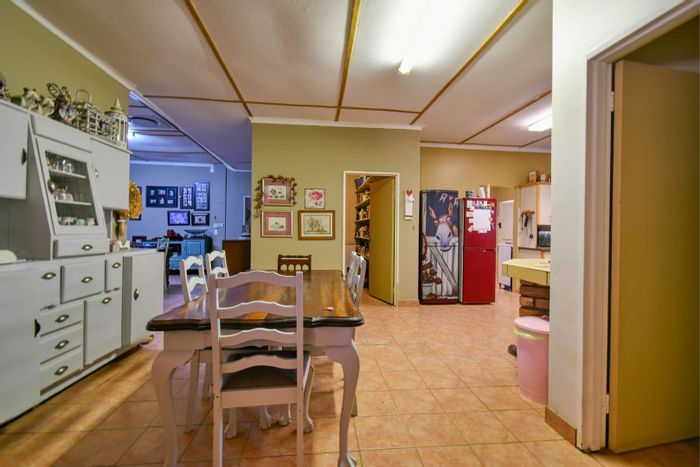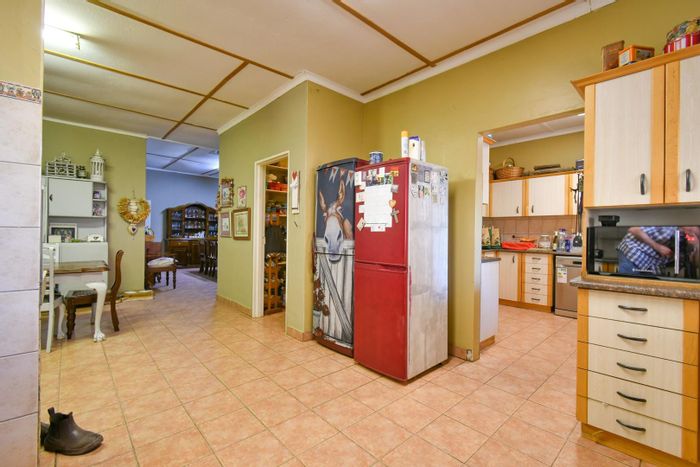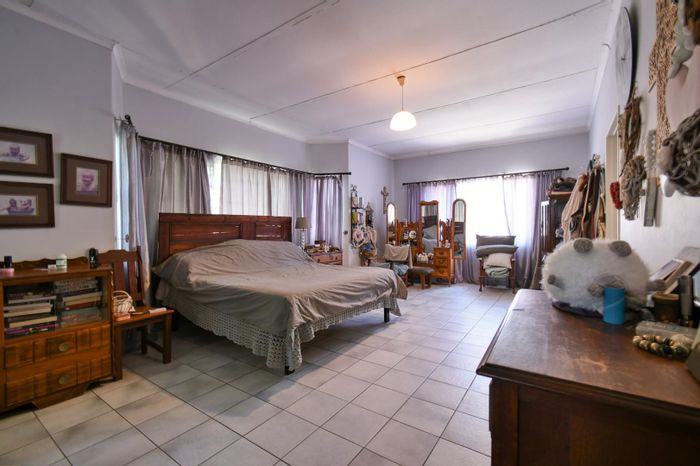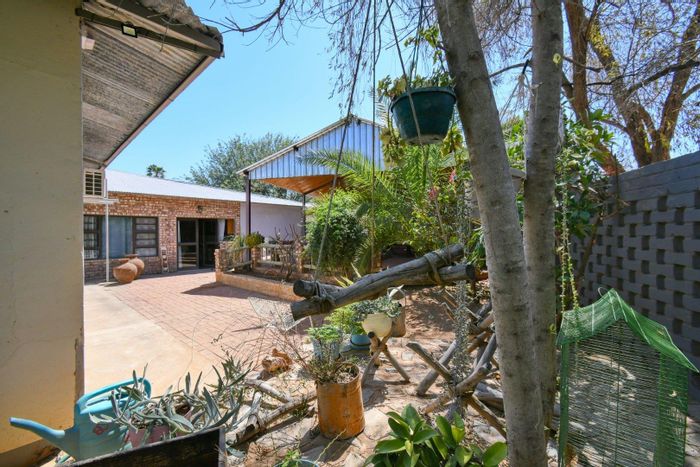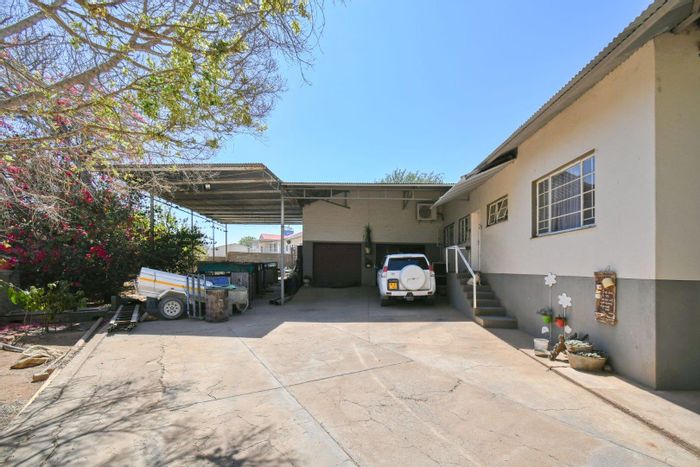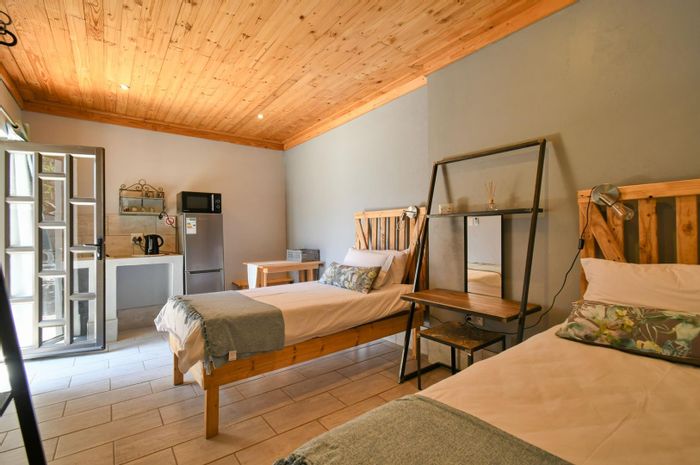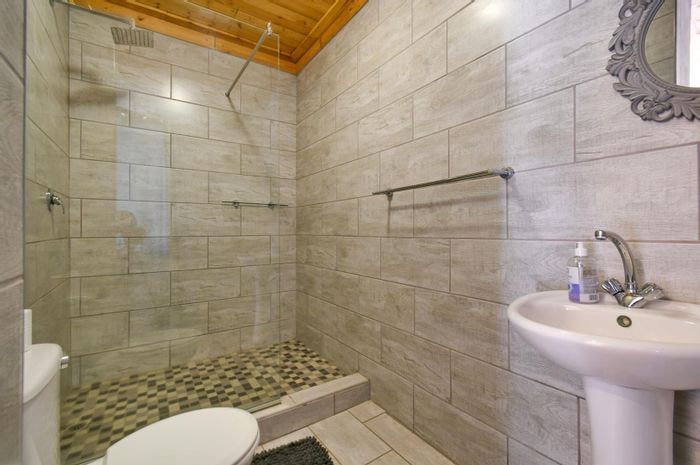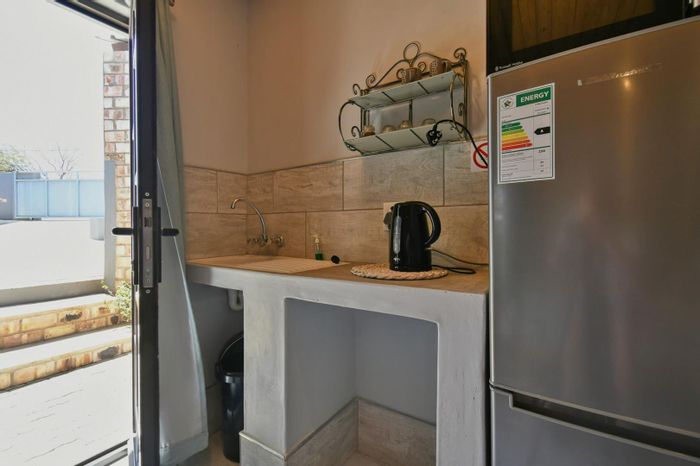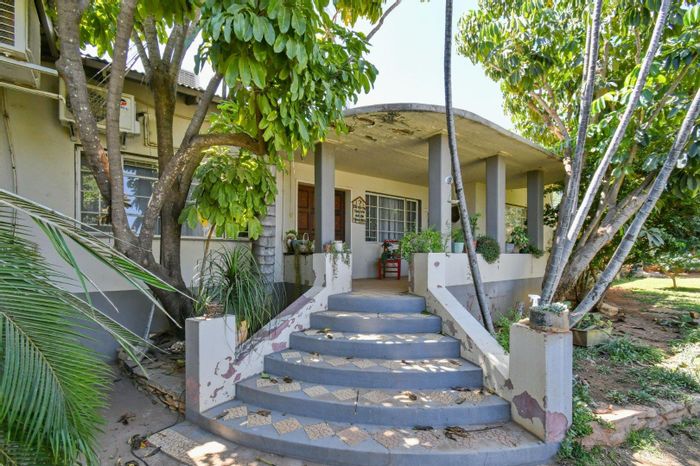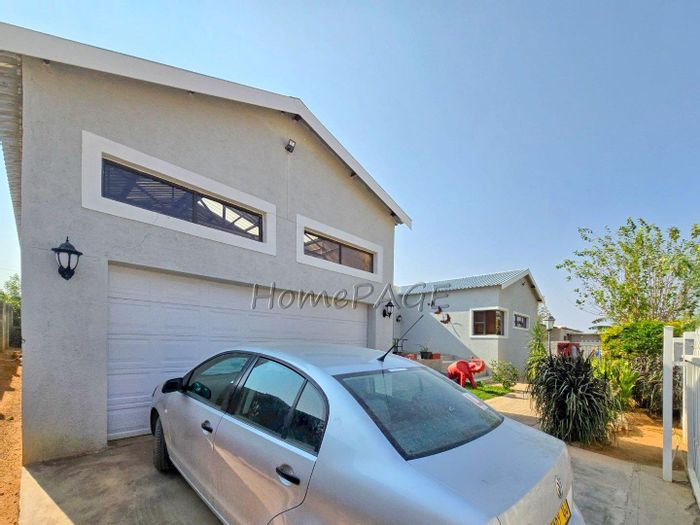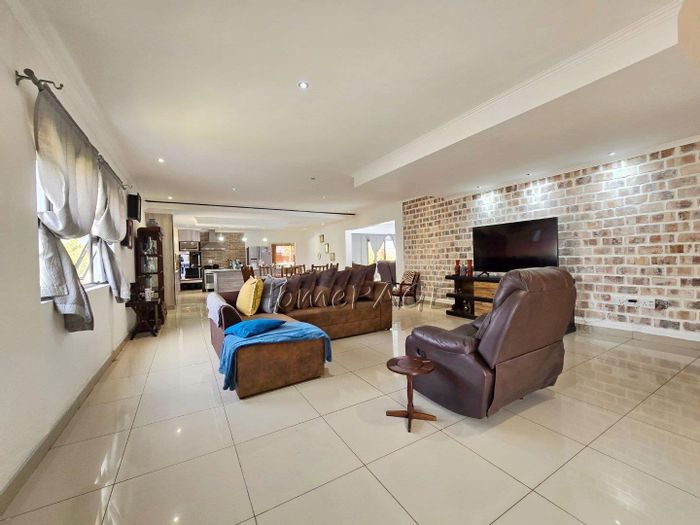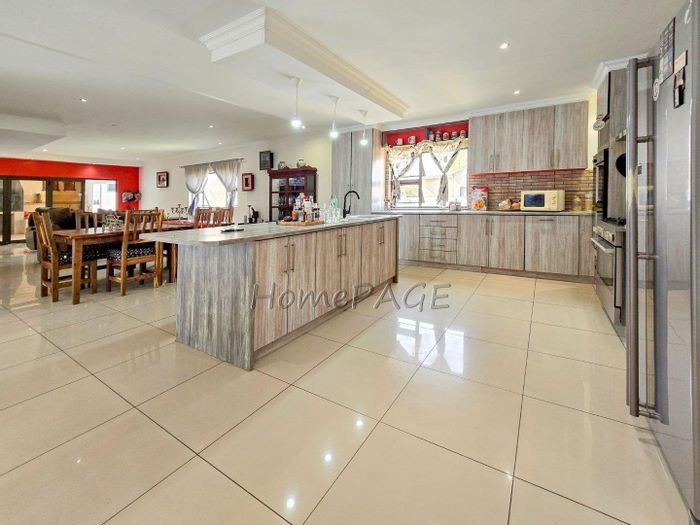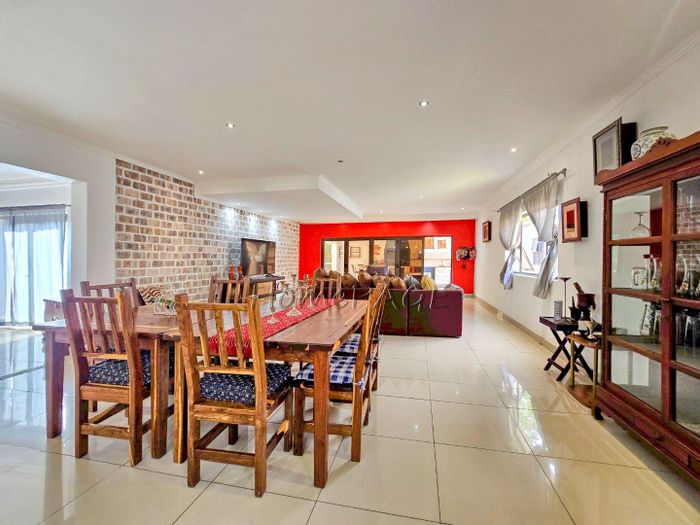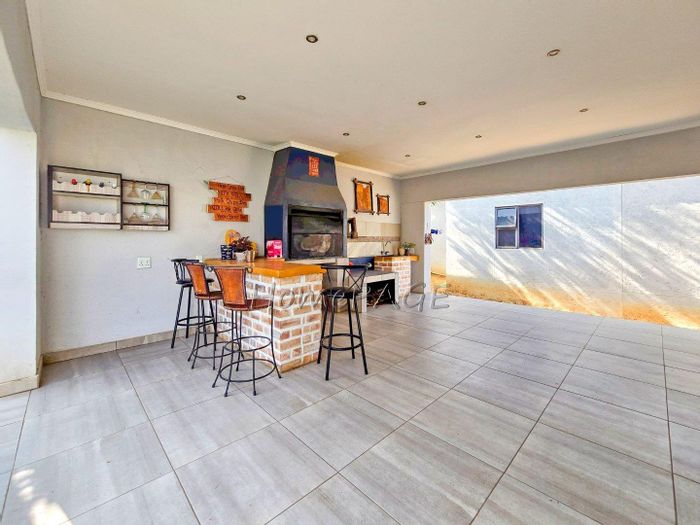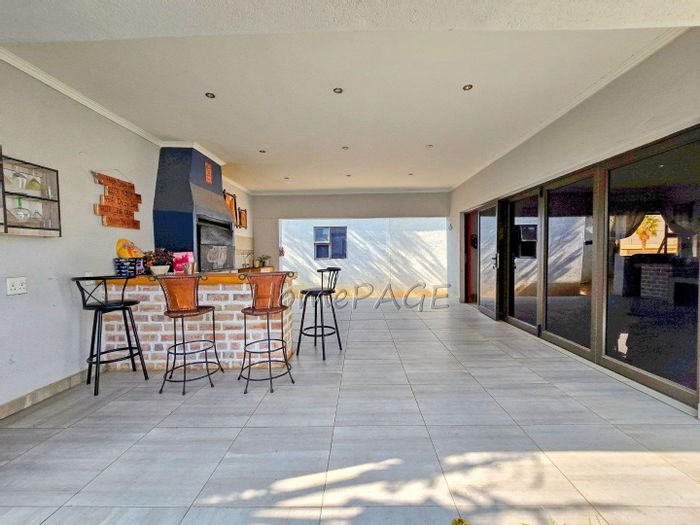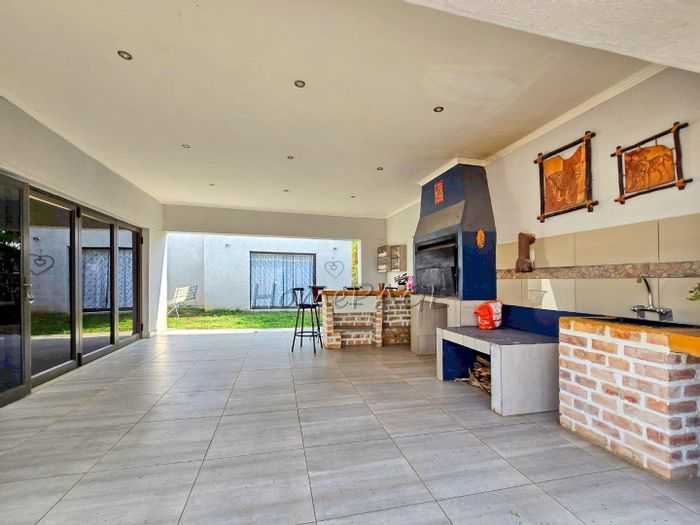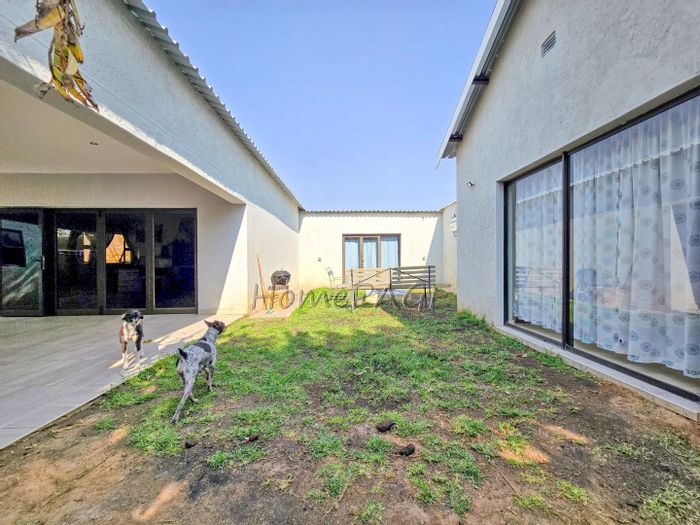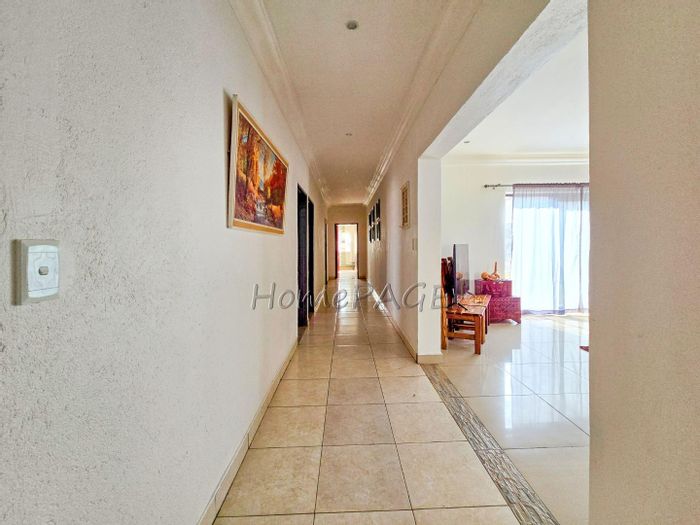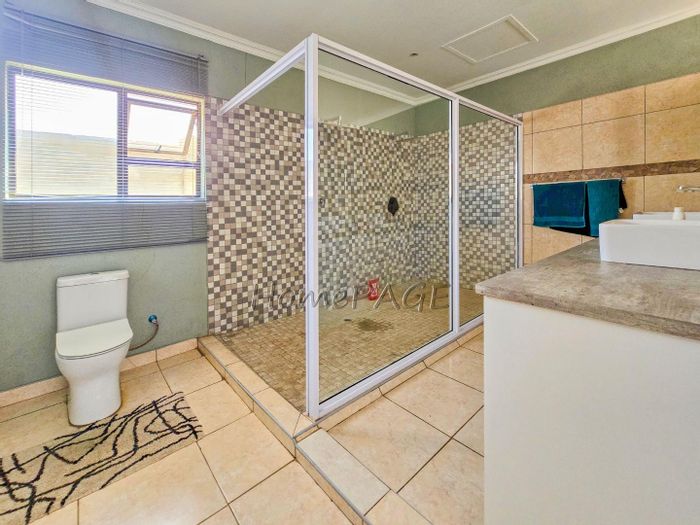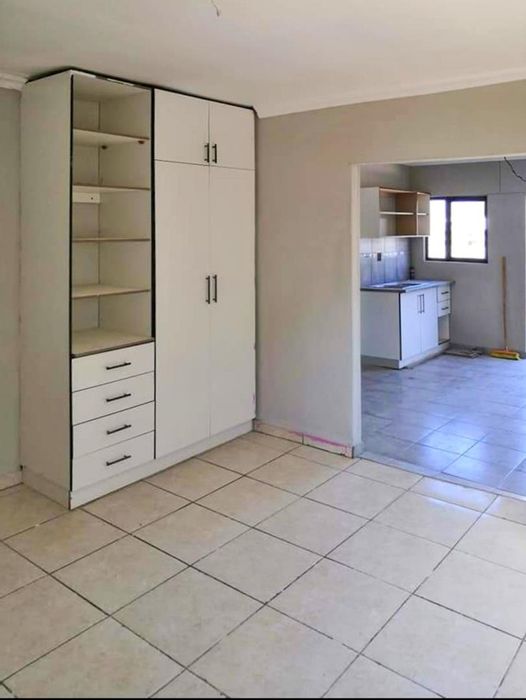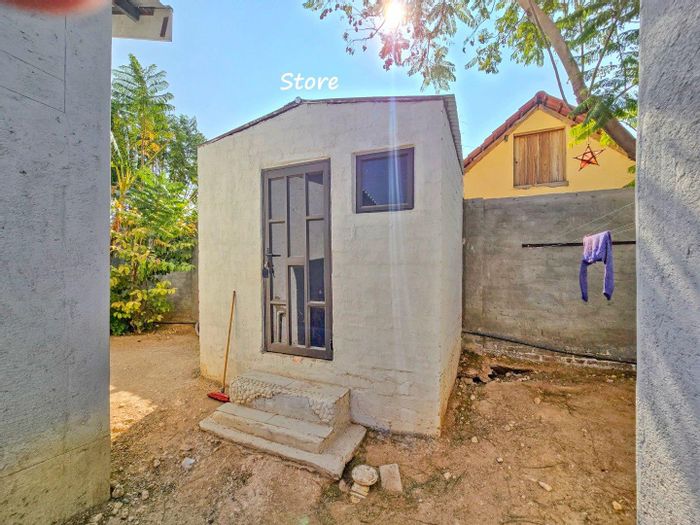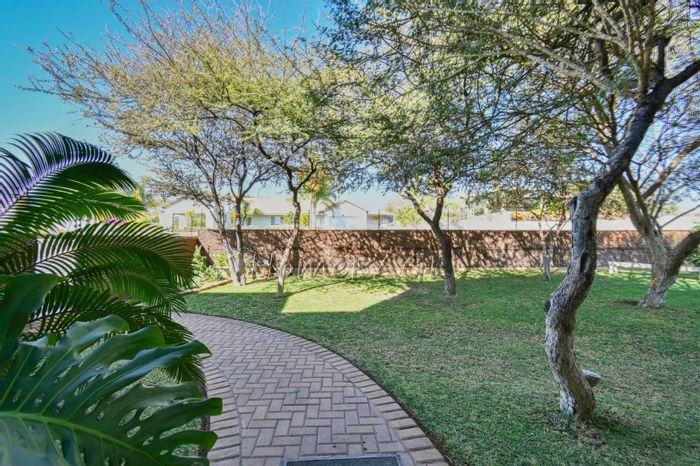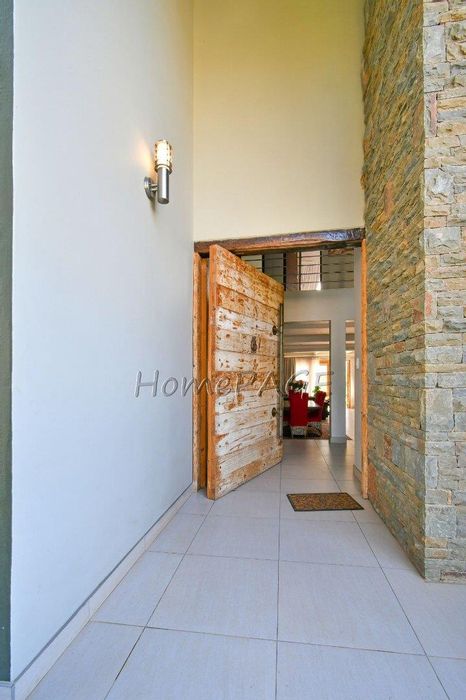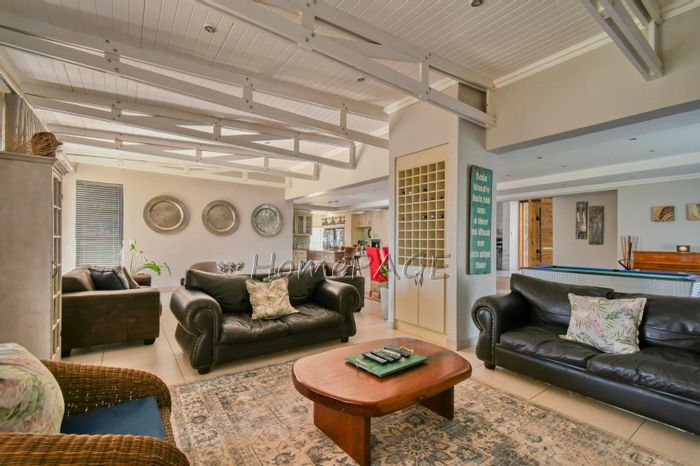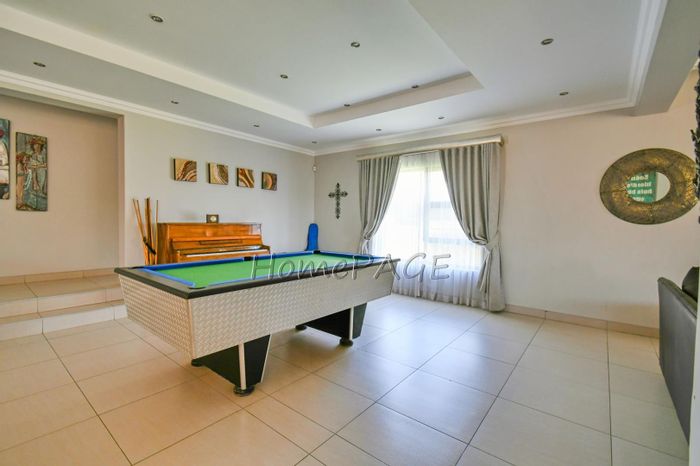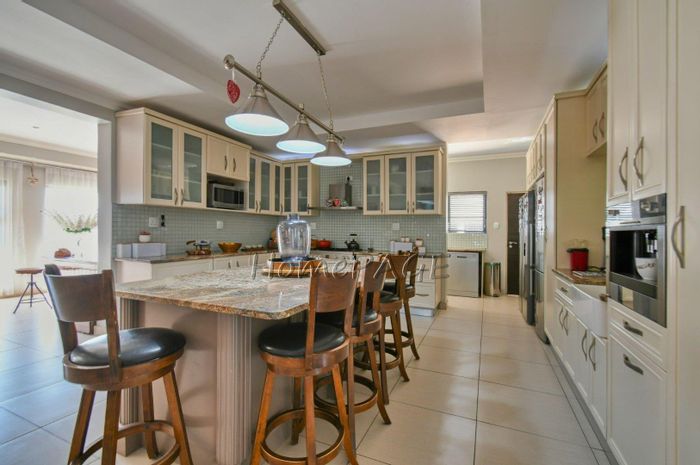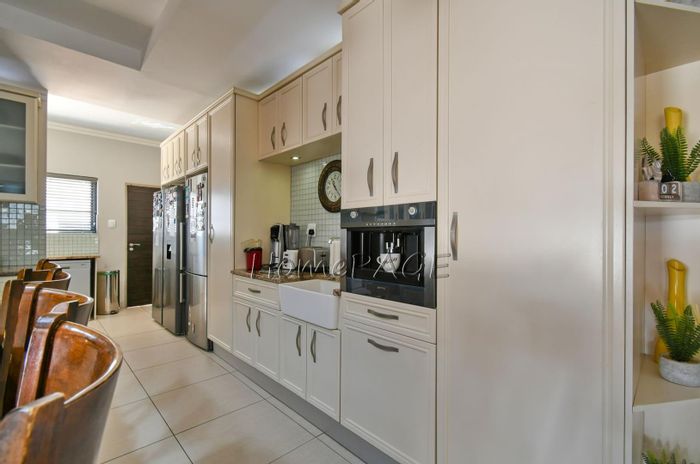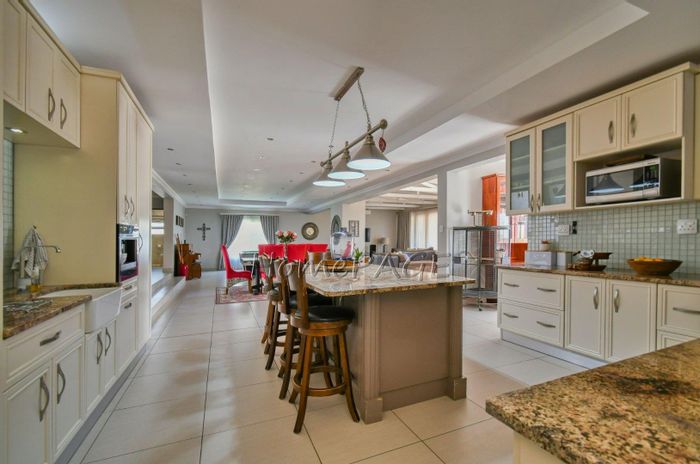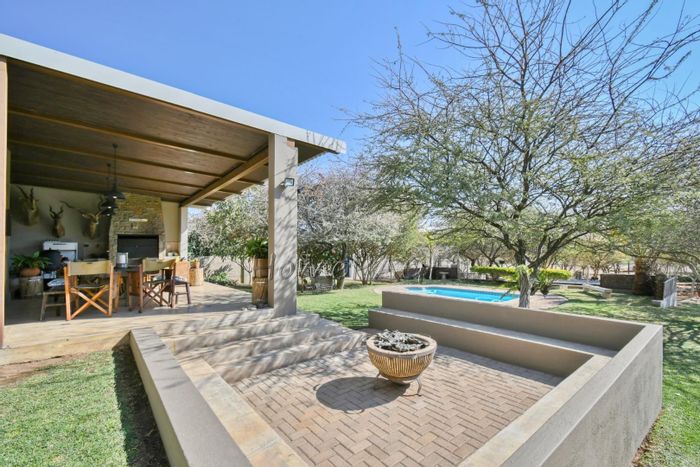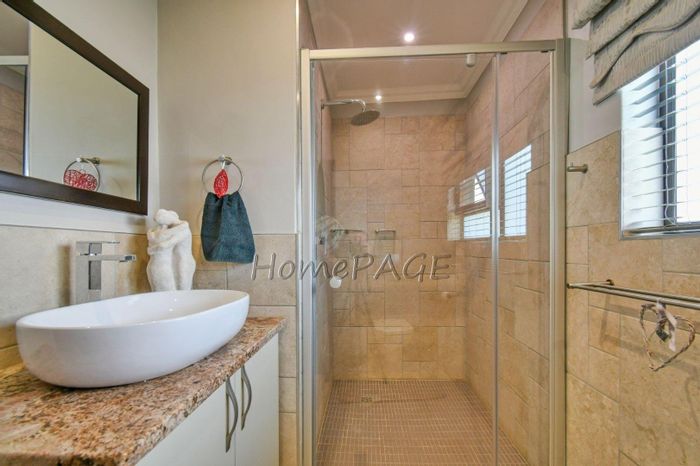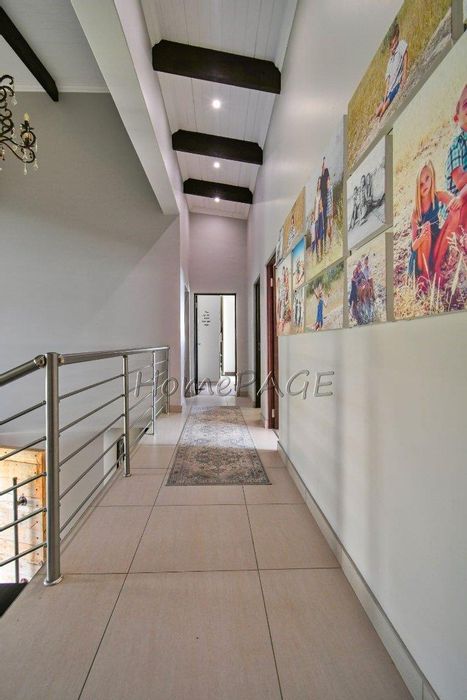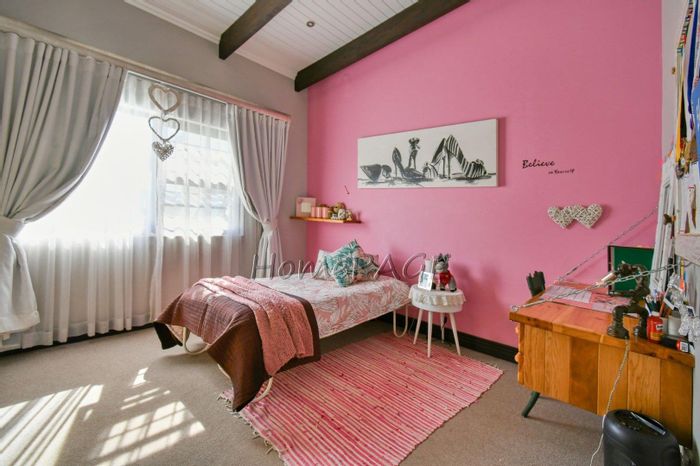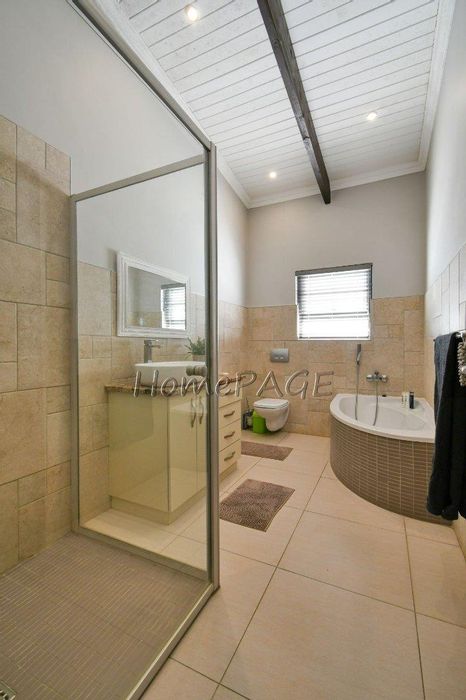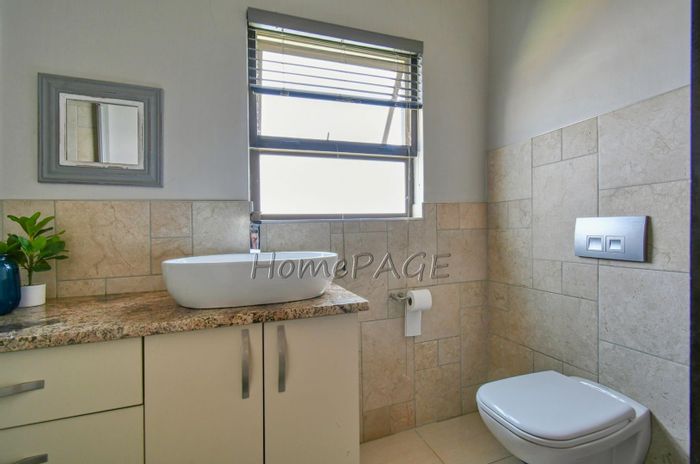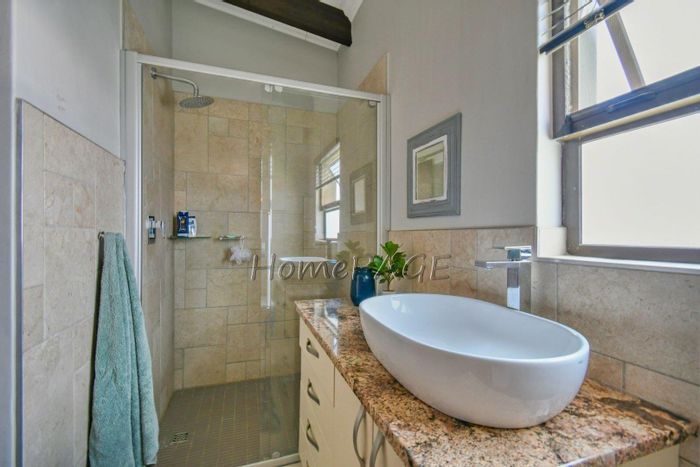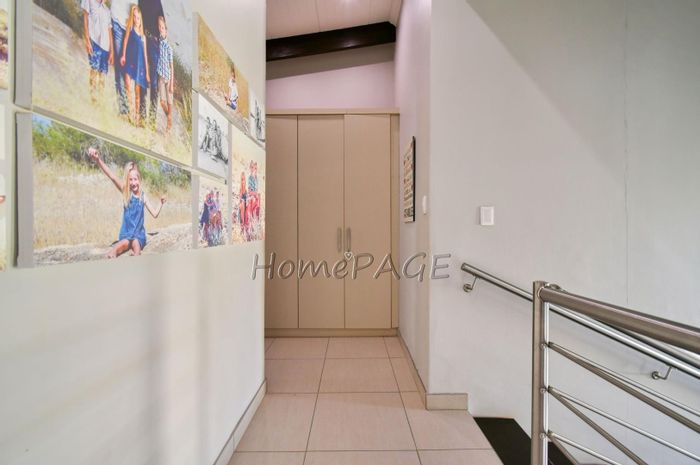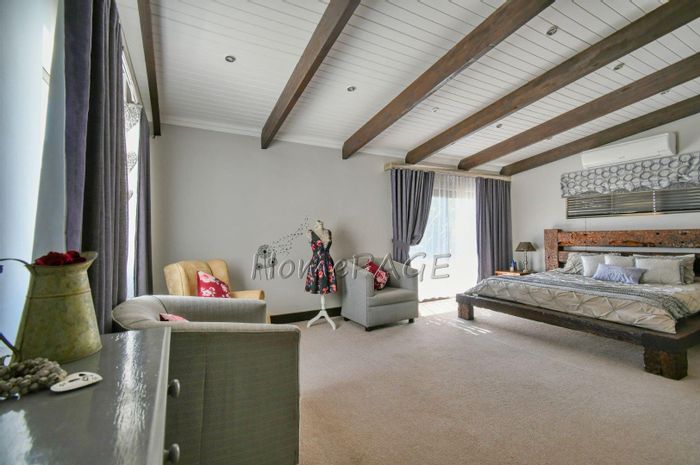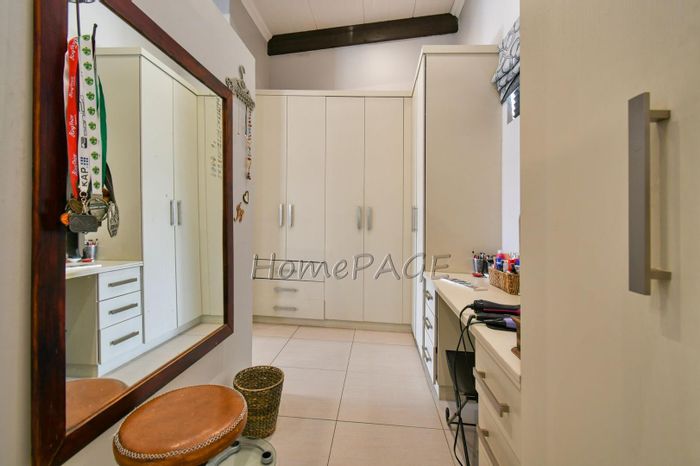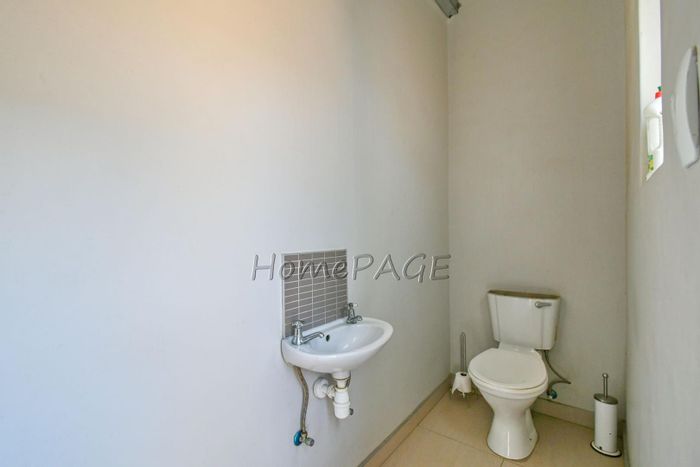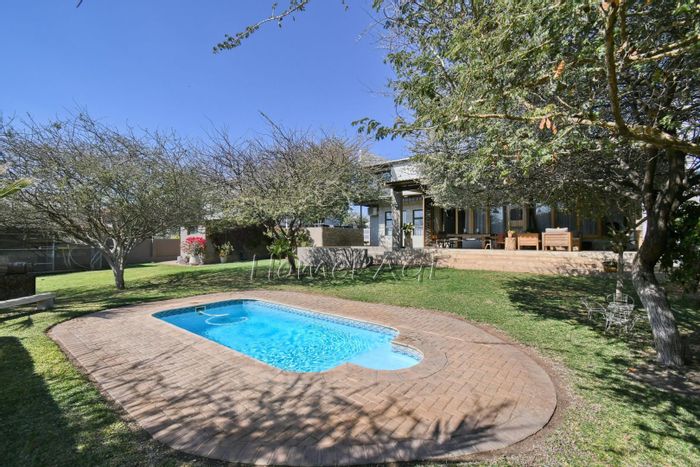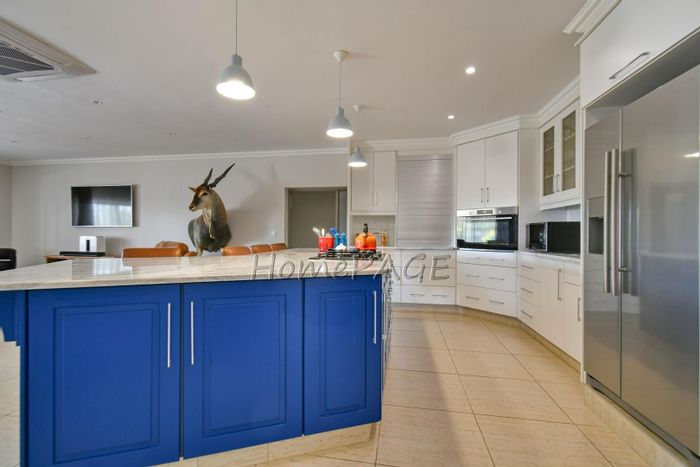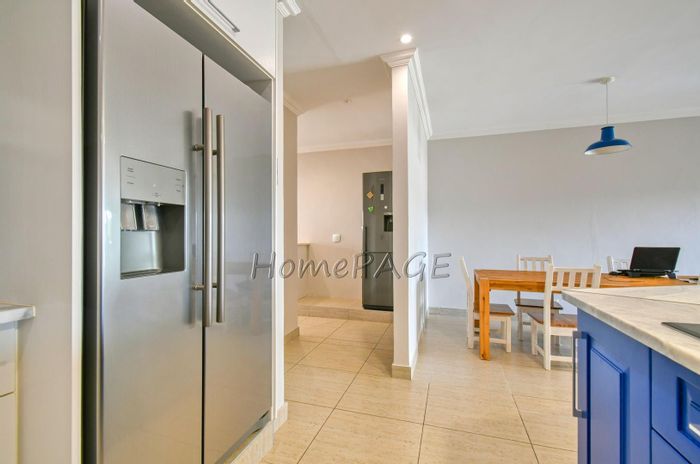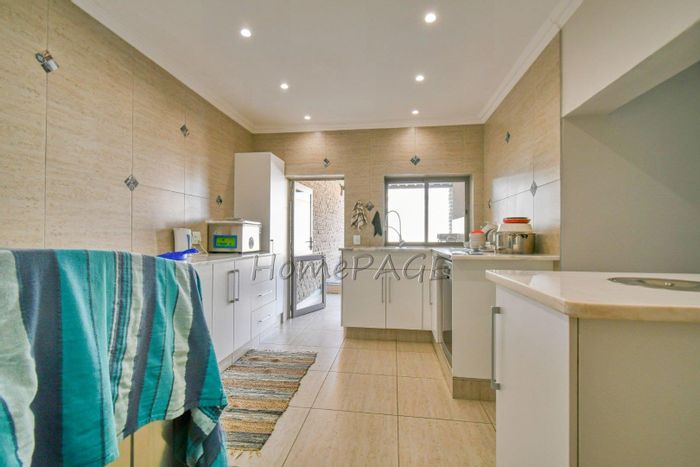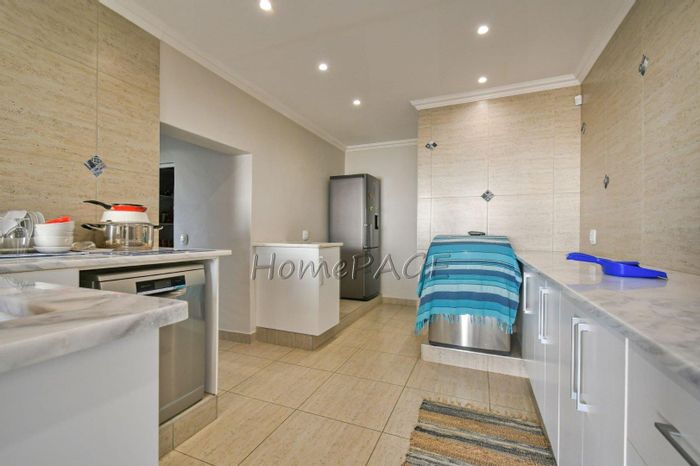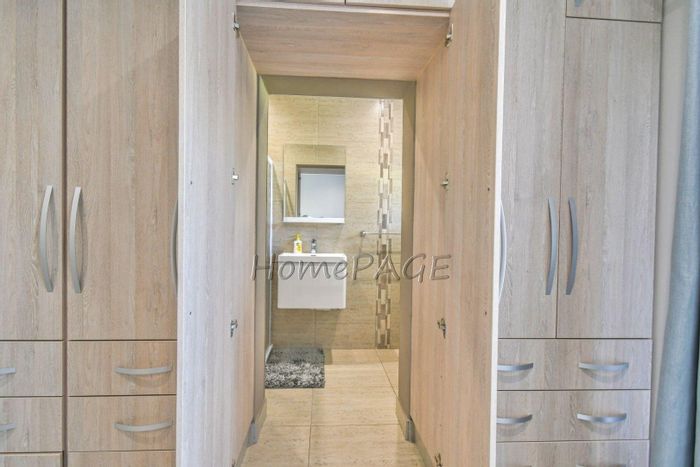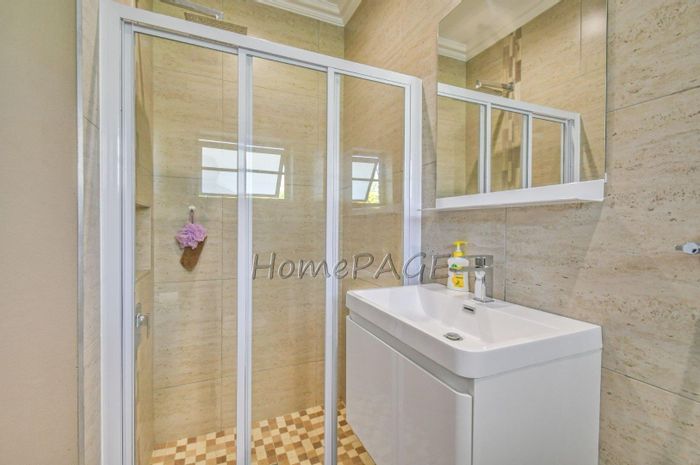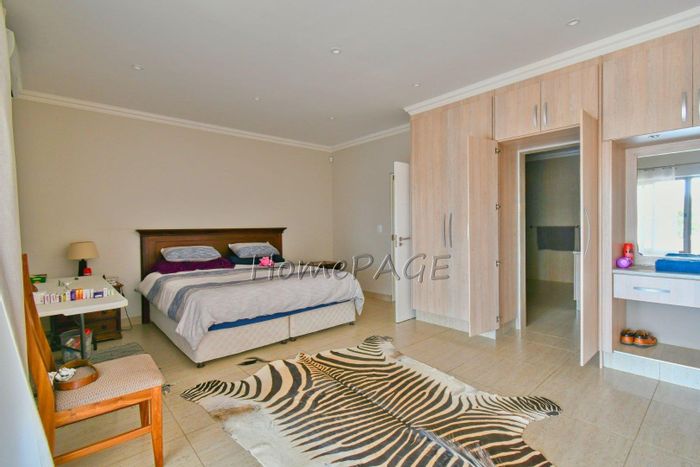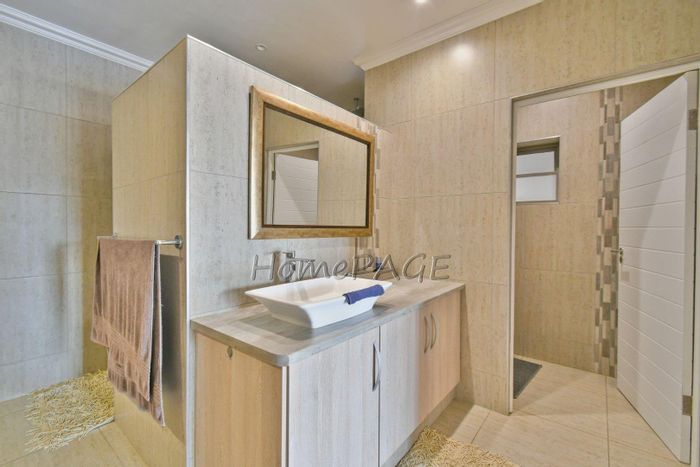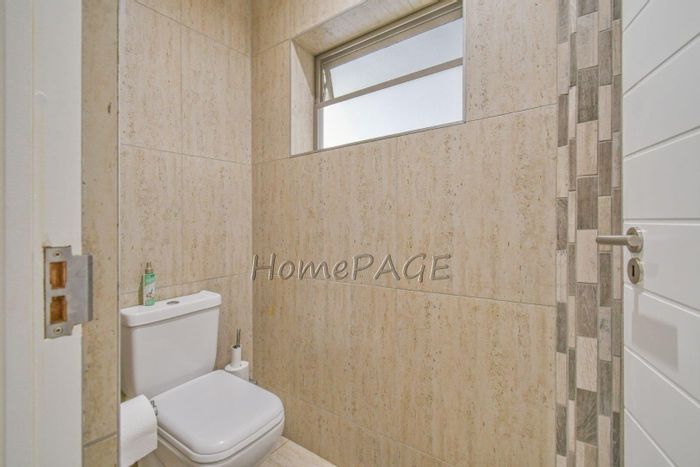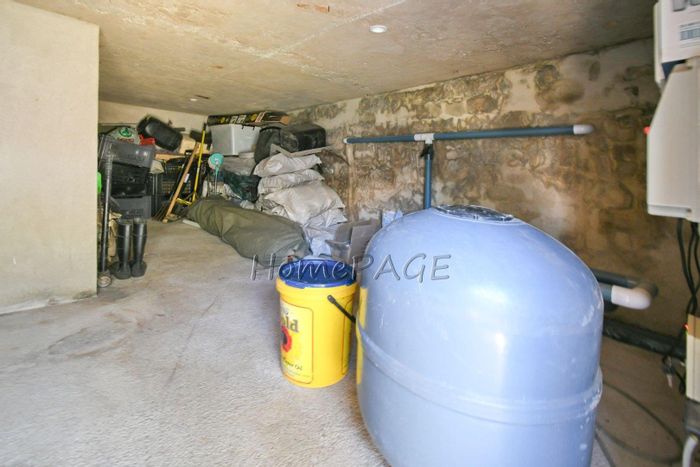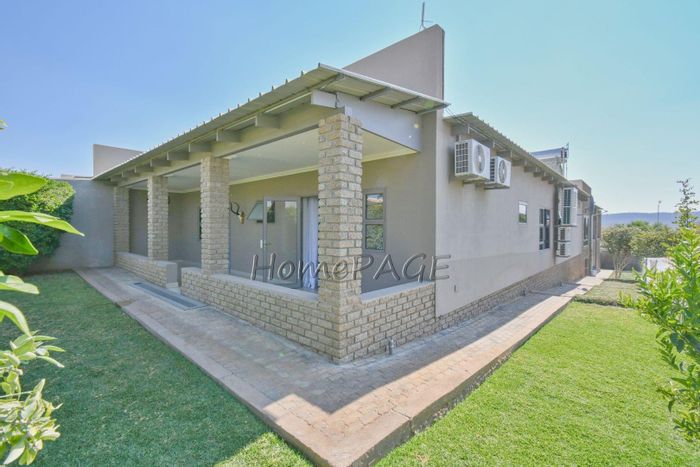Kunene property guide


Kunene at a glance
Bordering Angola the Kunene region, named after the Kunene River, is a relatively underdeveloped region that lies in the north of Namibia. Kunene, one of the fourteen regions that make up Namibia is mostly inhabited by the Himba people and is a mountainous area prone to dryness. The largest town in the region is Opuwo and is home to nearly 5000 residents. In Opuwo ancient traditions and modern times meet, as Opuwo is the centre of the Himba culture. The Himba are independent people and are the last nomads of Namibia. The Kunene Region is also associated with the so-called Kaokoveld (or Kaokoland). The Kaokoveld is a huge, dry region (50,000 km²) in the northeast of Namibia. No agricultural activities take place here and an abundance of wildlife can be found. A transitional area with a distinctive desert region, Kunene has a surprising wealth of desert-adapted wildlife, including the largest population of free-ranging black rhino, elephant, lion, cheetah, leopard, hyena, Hartmann's zebra, springbok, and gemsbok (oryx). Situated in the Huab Valley in southern Kunene, also known as Damaraland, Twyfelfontein contains some of Namibia's most popular landmarks. The area is full of ancient rock engravings by the early San people, known to be the most impressive collection of petroglyphs in Africa – the White Lady rock painting at Brandberg being the most well known of these. Other sites worth visiting are the Organ Pipes – a valley lined with dolerite columns, similar to those of the Giant's Causeway in Northern Ireland; Burnt Mountain, a section of ancient volcanic activity; and the petrified forest – a national monument, about 50km west of Khorixas – the resting place of enormous, fossilized tree trunks about 280-million years old that must have been washed down by an ancient river.





